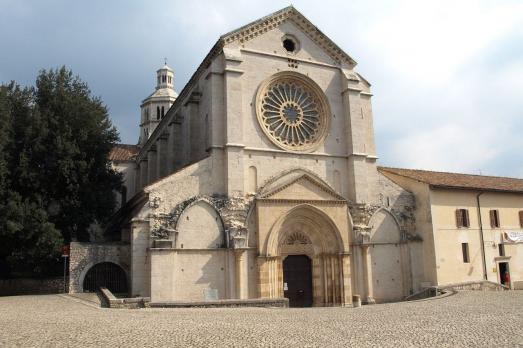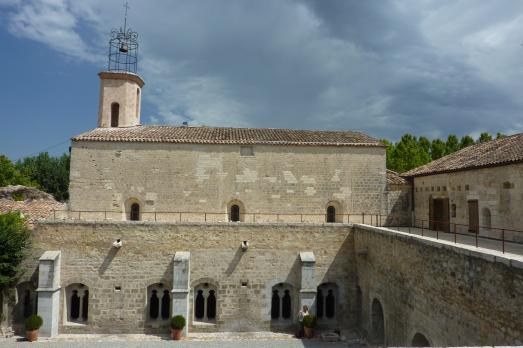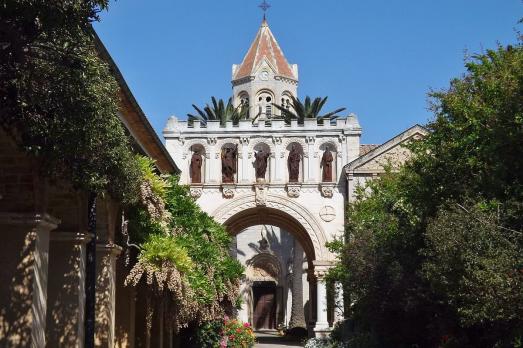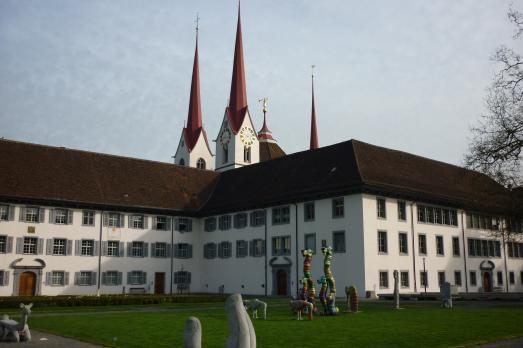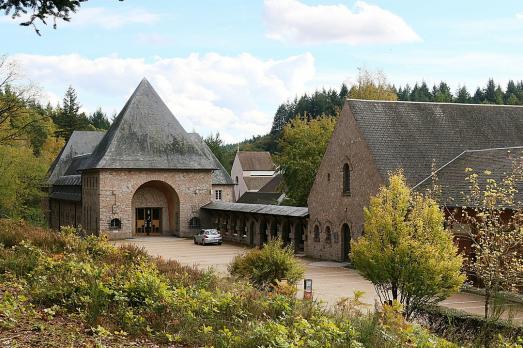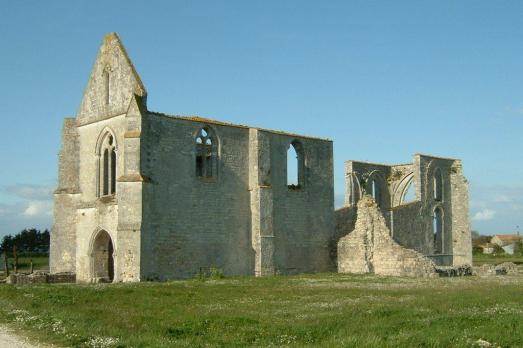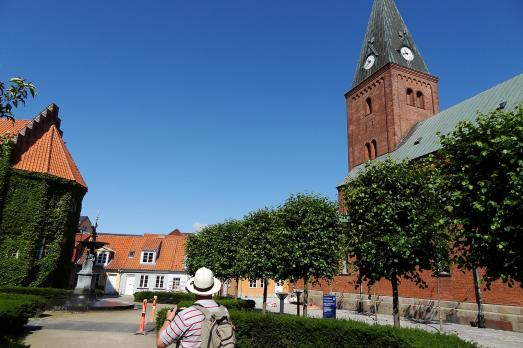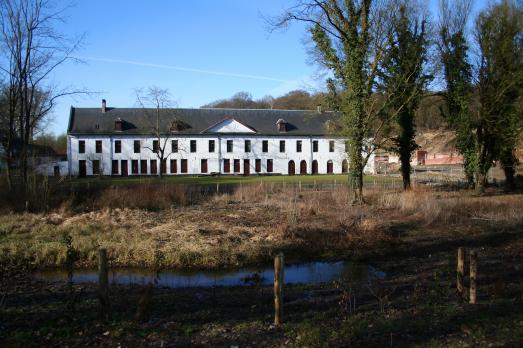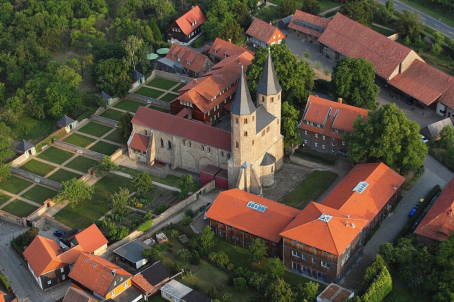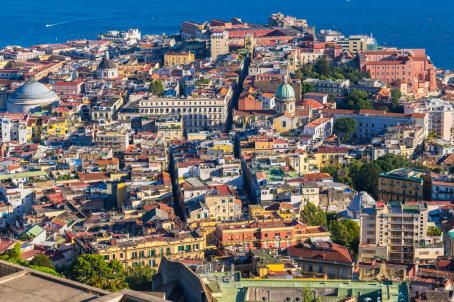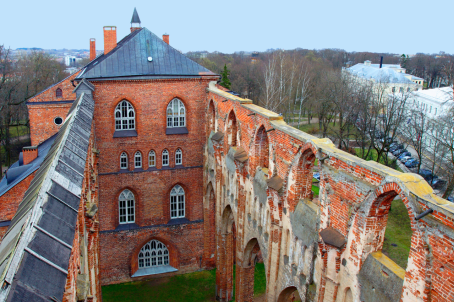Abbey of Fontenay
Marmagne, FR
Founded in 1118 by Bernard de Clairvaux, the abbey church of Fontenay is one of the oldest preserved Cistercian buildings and one of the most complete. It was built on the plan of the church of Clairvaux, under the influence of Saint Bernard. The construction of the church began in 1139 and was completed in 1147, thus consecrated by Pope Eugene III.

